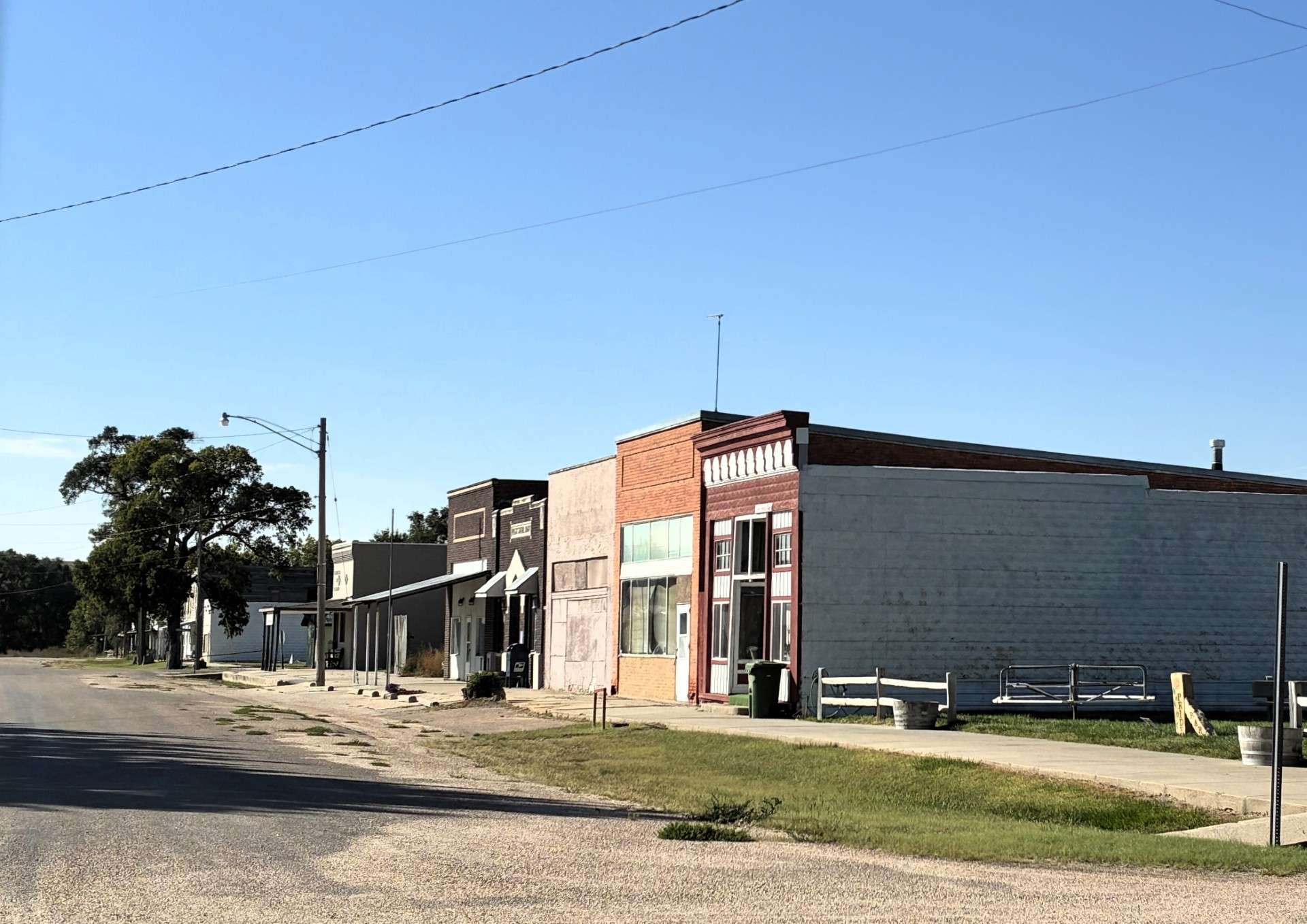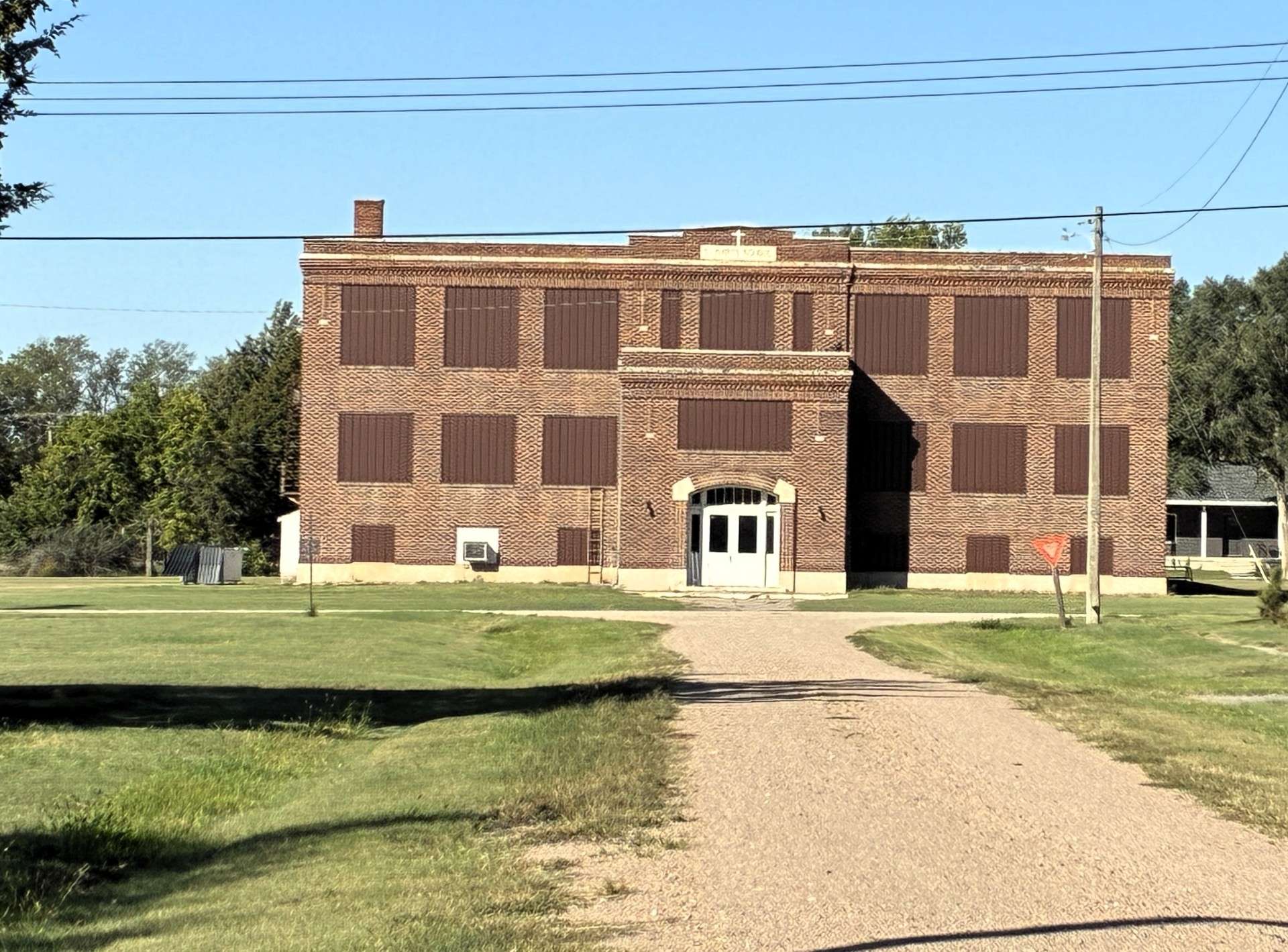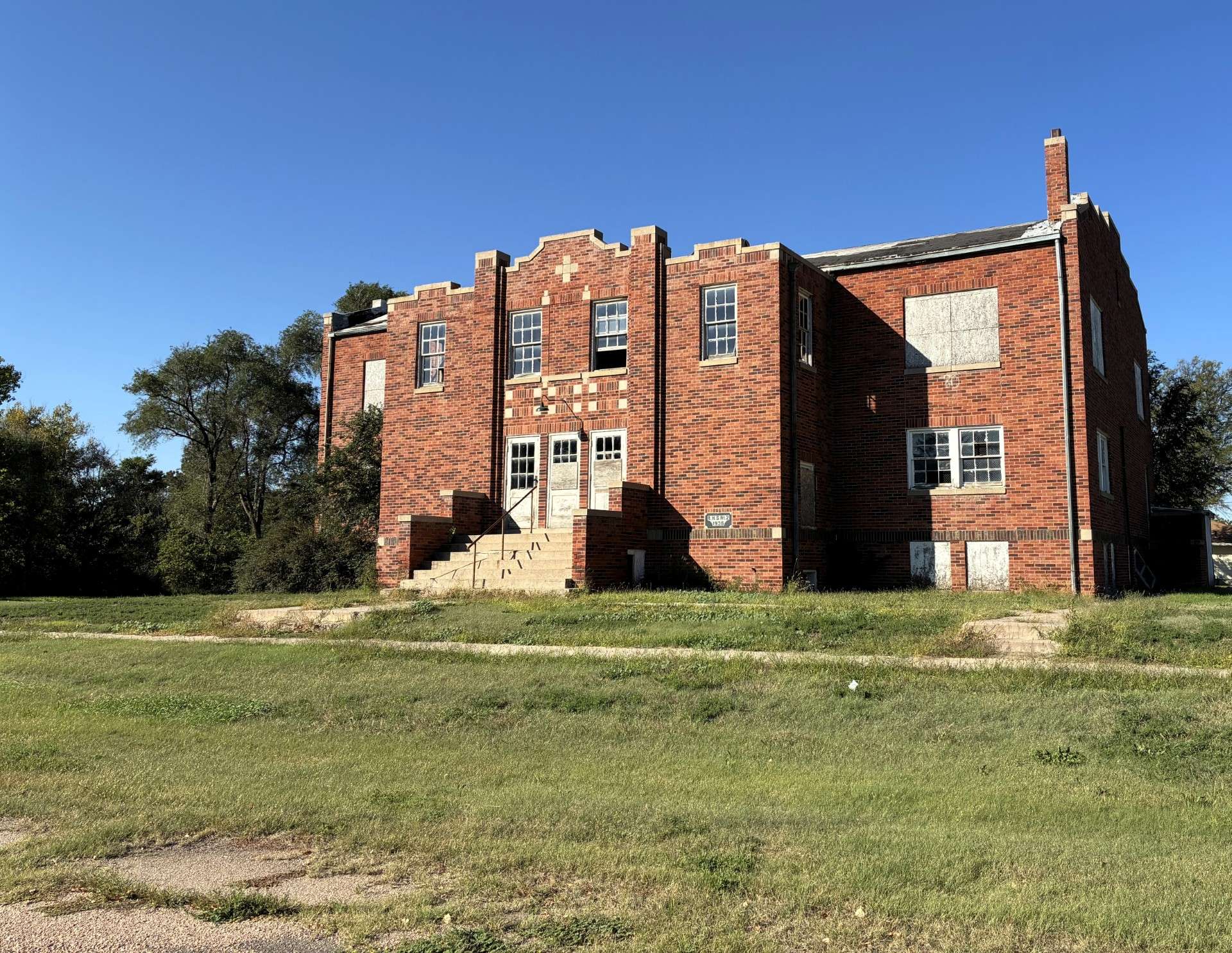
By KAREN MADORIN
Cruising the Blue Highways of Kansas leads explorers to surprising finds.
Recently, the hubs and I drove Highway 36 west in search of Junction 173, which led us to Herndon. We’d passed this exit but never turned to explore on numerous visits to a daughter who lives even closer to Colorado. During his game warden days, my spouse’d driven through, but I’d never popped a peeper on this northernmost realm of Kansas.
Like every pioneer town in this region, settlers from Europe founded Herndon in the late 1800s - 1879 - to be exact. Austro-Hungarian newcomers originally called it Pesth, after Pest, Hungary, which history/geography-minded folk know merged and became Budapest.
According to Kathy Alexander who writes Legends of Kansas, within years a new store owner with fewer ties to Hungary became the second postmaster and hoped to rename the town Lincoln to honor the assassinated U.S. president.
That name was taken, so he opted for the moniker Herndon after Abraham Lincoln’s law partner William Herndon. This choice creates excellent Kansas Trivia as in "Which Kansas town was named after Abe Lincoln’s law partner?"
Once the Chicago, Burlington, and Quincy Railroad came through in 1887, earnest development began. Herndon evolved into a local trade center surrounded by successful agriculture in the Beaver Creek drainage.
Many of those agriculturalists practiced Catholicism, a frontier faith in northwest Kansas, which led area priests to establish regional missions. Atwood’s Reverend J.B. Glynn oversaw those established in Rawlins and Cheyenne counties.
The initial church in Herndon was built in the country, but eventually a thriving Catholic church and sisters school were constructed in town. According to Alexander, the congregation numbered approximately 500 members - three-quarters of whom were German and the rest English and Bohemian. From 1892 to 1902, the church supported a resident priest.
As a point of interest, this was the only sisters school in far northwest Kansas.
In 1905, a fire devastated the town, destroying most businesses. Because it was a railroad trade center, the community rebuilt.
After becoming a station on the Orleans and St. Francis Division of C, B, and Q Railroad, Herndon continued to thrive. Alexander documented that it had a bank; a money-order post office; newspaper, telephone, telegraph, and express offices; a hotel, flour mill, multiple general stores and implement businesses; Catholic and Protestant churches; and a population of 273, which peaked at 443 in 1940.
Visitors today note reduced population—around 119 according to a recent census.


Travelers swiftly spy a charming community park and nearby ball field surrounded by a Depression era Works Progress Administration or Civilian Conservation Corps stone fence. Old buildings stand sentinel on Main Street to remind sightseers of this little burg’s glory days. Mostly tidy homes line streets, but the public and Catholic school deteriorate as does Immanuel Protestant Church. Local congregants maintain the Catholic Church in welcoming condition. An elevator at the end of Main Street punctuates agriculture’s continued importance.
I googled Herndon demographics and noted those looking to relocate can do so for well below the national average house price with a low to non-existent crime rate as added encouragement. When not playing in the safe streets of town, youngsters attend fine schools in Atwood.
In a world connected by internet and Fed Ex trucks, new generations might want to seek adventure in far northwest Kansas.
Karen Madorin is a retired teacher, writer, photographer, outdoors lover, and sixth-generation Kansan.






